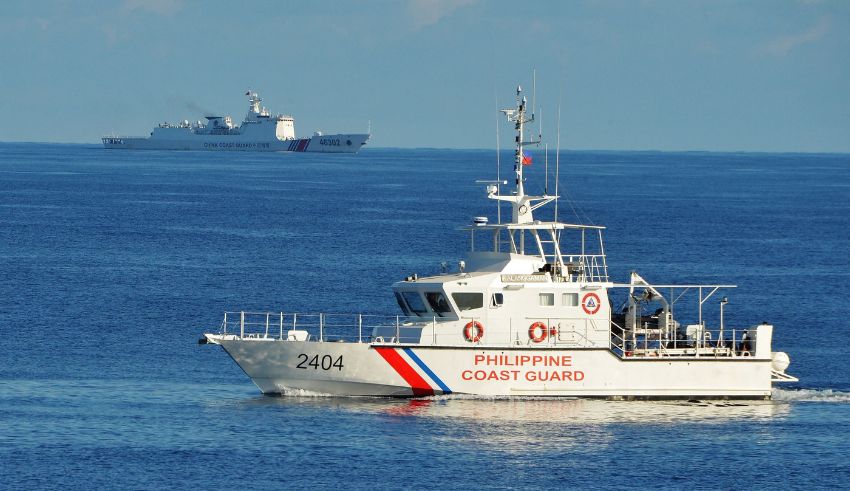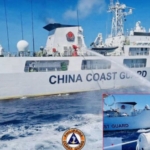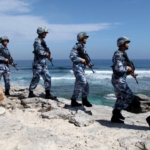
The Philippines is intensifying its efforts to bring international attention to what it claims are “aggressive” actions by Chinese ships in the South China Sea. The nation has adopted a visual strategy, releasing videos and images of multiple incidents involving Chinese vessels this year, as opposed to the previous administration’s preference for written protests. By taking this approach, the Philippines aims to pressure Beijing into changing its behavior by garnering global support for its stance.
Under President Rodrigo Duterte’s leadership, who had pursued improved relations with China, there were around three similar releases of information during his six-year presidency. However, the current administration, under President Ferdinand Marcos Jr., has taken a more visual approach, releasing footage and images of Chinese vessels engaging in confrontational activities. This shift is an attempt to highlight China’s actions on the international stage and rally support from countries like the US and the European Union.
Keep Reading
Challenging China’s Behavior
The Philippines’ strategy reflects its ongoing struggle with China over maritime issues, particularly in the South China Sea, where Beijing asserts extensive territorial claims. Despite its smaller navy, the Philippines is striving to counter China’s actions through a combination of diplomatic efforts and public exposure of confrontational incidents. This approach aims to put pressure on China to reconsider its activities and align with international norms.
Philippine coast guard spokesman Commodore Jay Tarriela suggests that the increased use of visual evidence is having an impact on China’s behavior. By sharing videos and images, the Philippines has compelled Chinese ship captains to alter their tactics, such as maintaining a greater distance from Philippine vessels. The recent success of a resupply mission, which China allowed after prior interference, highlights the potential effectiveness of this strategy in shaping China’s actions.
Tarriela points out that publicly exposing China’s actions through videos and images carries reputational consequences for China on the global stage. By highlighting China’s actions, the Philippines aims to hit a nerve with China and invoke a reputational cost, potentially influencing China’s behavior in the region and garnering international support for its stance.


























